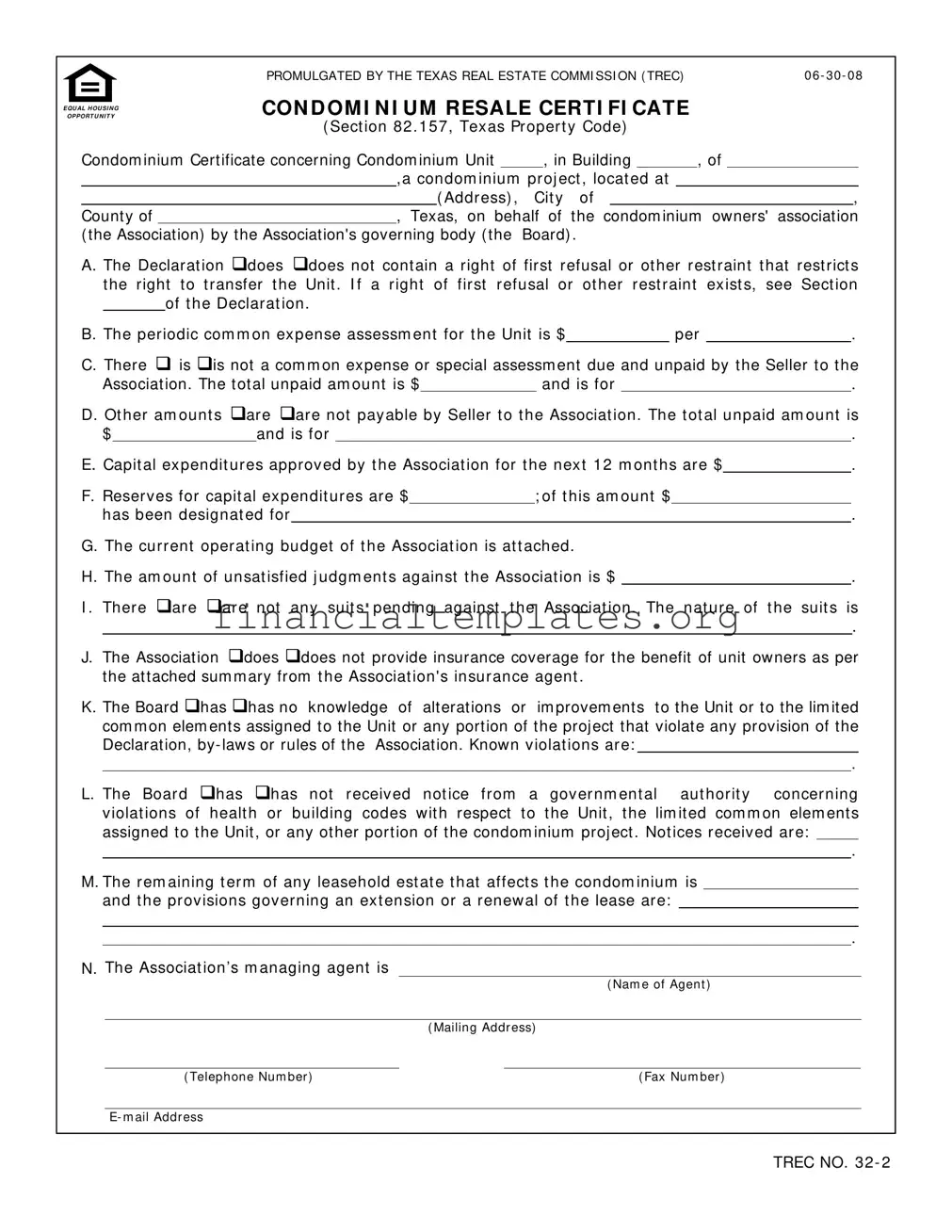The Tax Exemption Certification form shares similarities with the Form W-9, Request for Taxpayer Identification Number and Certification. Both forms require the provision of specific information that aids in tax identification and compliance. The W-9 form is used to provide a Taxpayer Identification Number (TIN) to entities that pay you income, ensuring proper reporting to the IRS. Similarly, the Tax Exemption Certification helps in identifying the tax status of the entity involved, contributing to tax compliance and the accurate processing of transactions.
Another closely related document is the 501(c)(3) determination letter from the Internal Revenue Service. This letter is a critical document for nonprofit organizations, certifying their tax-exempt status under section 501(c)(3) of the Internal Revenue Code. Like the Tax Exemption Certification form, it serves as formal recognition of an entity’s tax status, which is essential for exemption from federal income tax and eligibility to receive tax-deductible charitable contributions. Both documents validate the entity's tax-related privileges and obligations.
The Sales Tax Exemption Certificate operates in a parallel manner by allowing qualified individuals or organizations to purchase goods without paying the sales tax. This form, much like the Tax Exemption Certification, is used to formally certify that an entity is eligible for a tax exemption under specific circumstances. While each form applies to different tax types—sales tax versus various other exemptions—they both function as authoritative proof of eligibility for tax exemptions.
Uniform Commercial Code (UCC) financing statements also bear resemblance in function. These statements are filed to give notice of secured interest in personal property, securing the position of creditors. Although focusing on security interests rather than tax exemption, both UCC statements and Tax Exemption Certifications establish formal claims—whether on property for secured transactions or on tax-exempt status for transactions exempt from certain taxes.
Mortgage applications are similarly structured to require detailed information for transaction processing, akin to the Tax Exemption Certification form. While mortgage applications compile financial data and property information to assess creditworthiness and property value, the Tax Exemption Certification compiles details necessary for tax status verification. Each document gathers and verifies critical information for its specific transactional context.
Environmental impact assessments (EIAs) share the foundational principle of providing comprehensive insights into significant aspects of a specific activity, similar to Tax Exemption Certification forms. EIAs detail the environmental consequences of proposed projects, ensuring that decision-makers consider these impacts. The parallel lies in their purpose to inform and guide responsible decision-making, whether for environmental protection or tax compliance.
Building permits are issued by local government agencies to ensure that proposed construction complies with building codes. Like the Tax Exemption Certification form, a building permit is a necessary document that certifies approval to proceed with construction activities under specified conditions. Both documents facilitate regulatory compliance and official recognition of the entity’s right to proceed with certain activities.
The Business License application is another document with similarities. Required for legally operating a business within a specific jurisdiction, this application, when approved, results in a document that certifies the business’s compliance with local laws and regulations. Like the Tax Exemption Certification, it’s a form of official authorization, but for operating a business rather than for tax exemption purposes.
Lastly, the Employee Identification Number (EIN) application (Form SS-4) submitted to the Internal Revenue Service is akin to the Tax Exemption Certification. The EIN application is crucial for businesses to be properly identified for tax purposes. Both the EIN application and the Tax Exemption Certification form facilitate regulatory and tax compliance, ensuring that entities are appropriately categorized and processed in the tax system.


